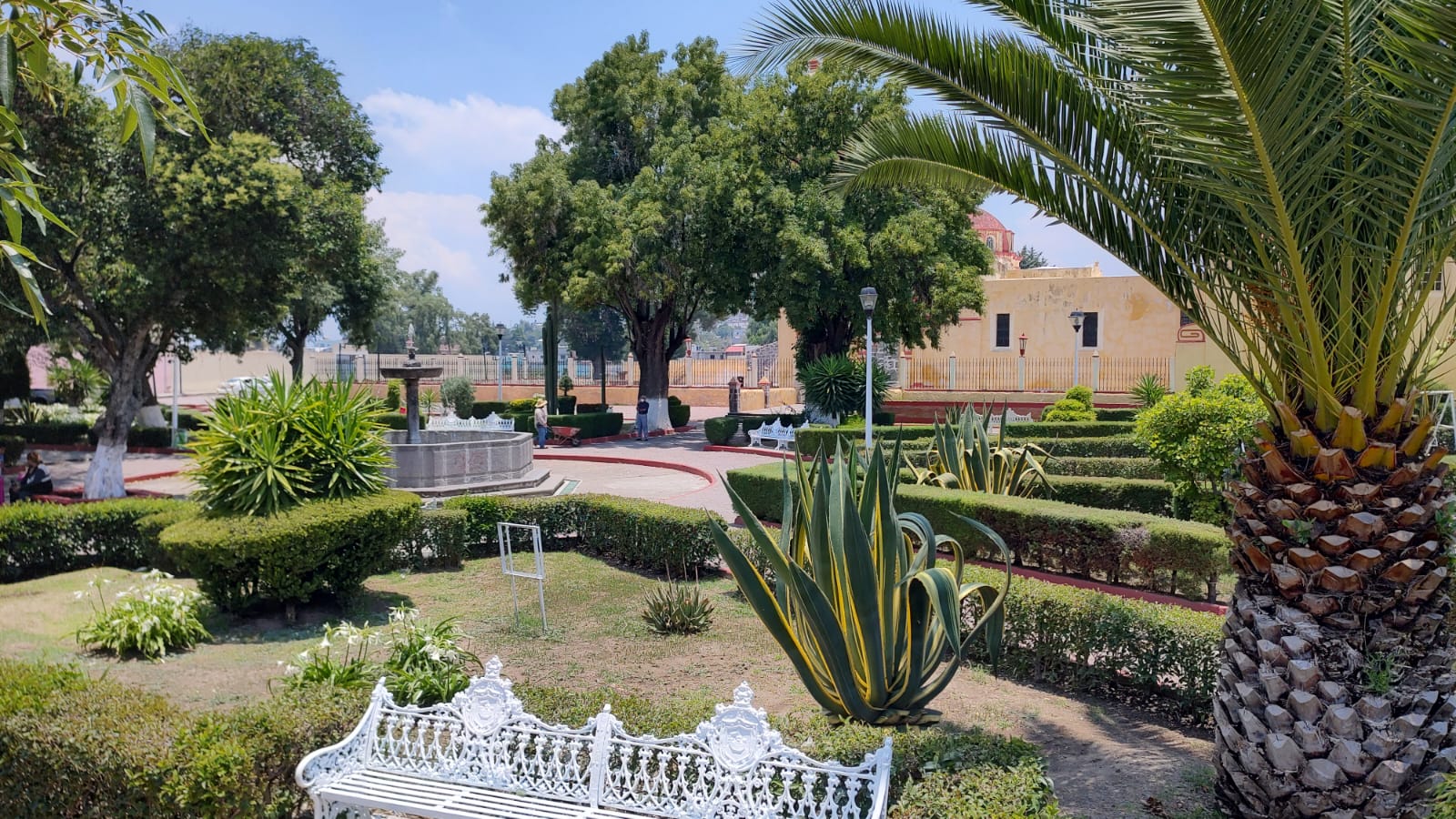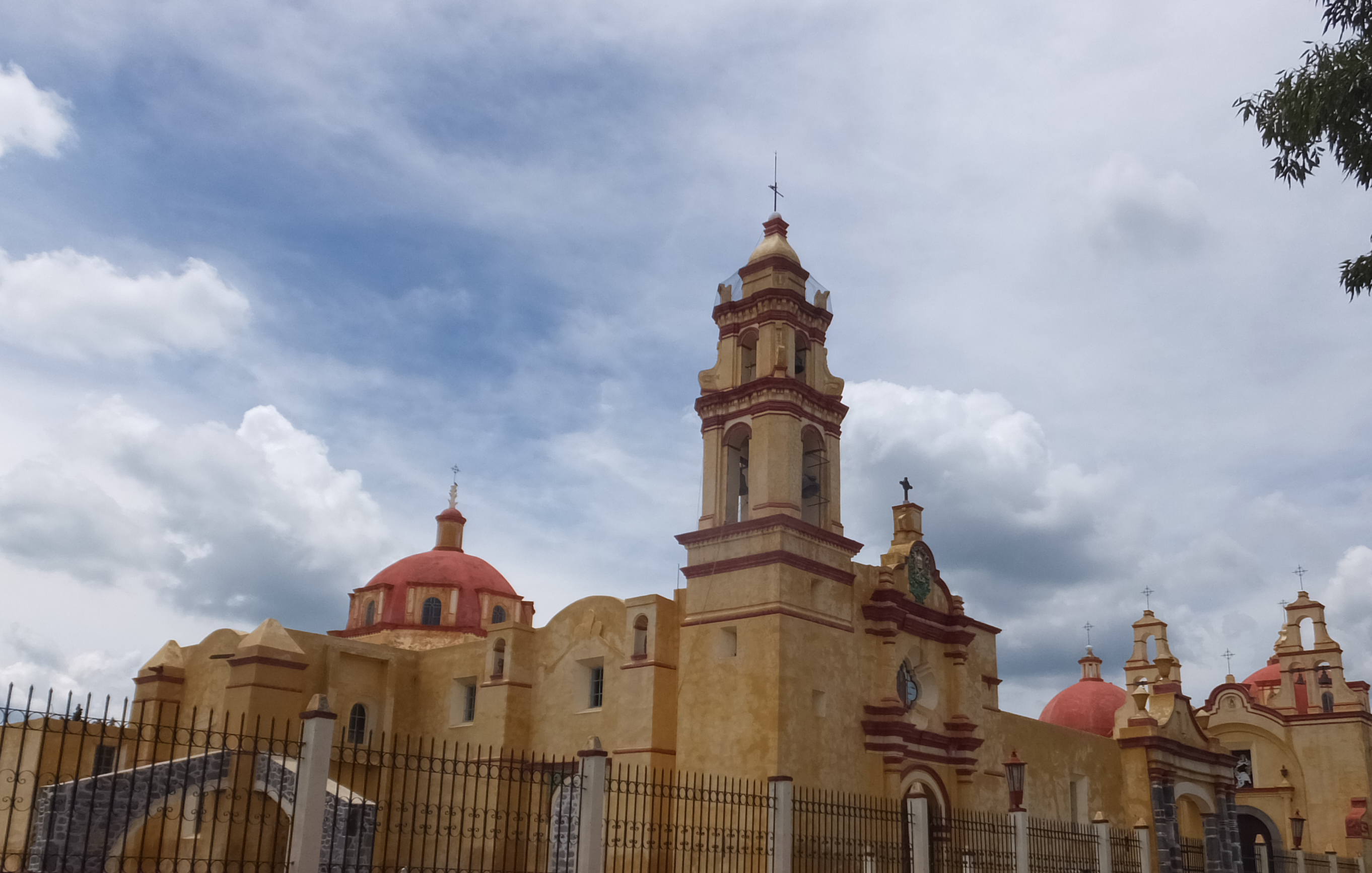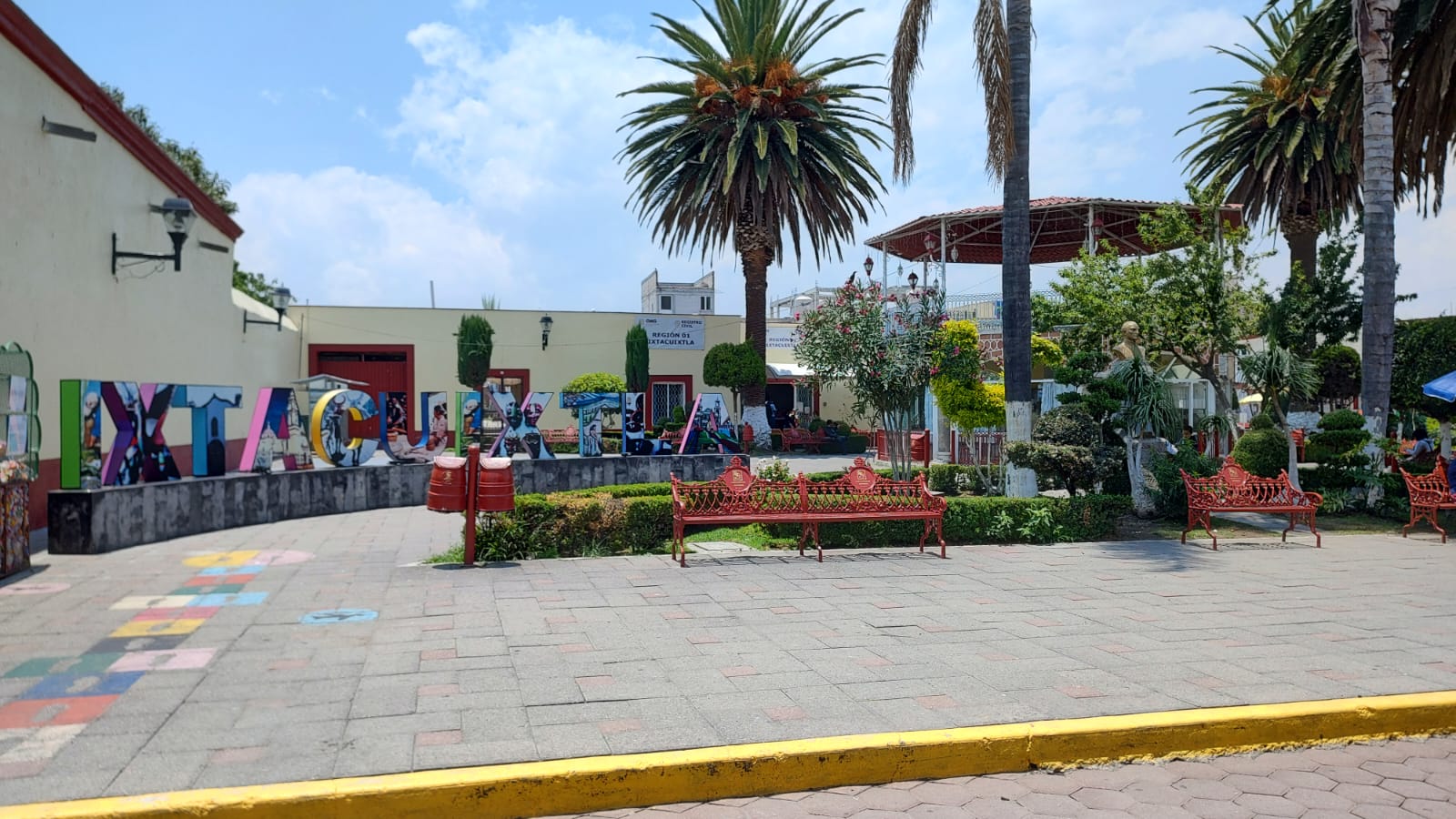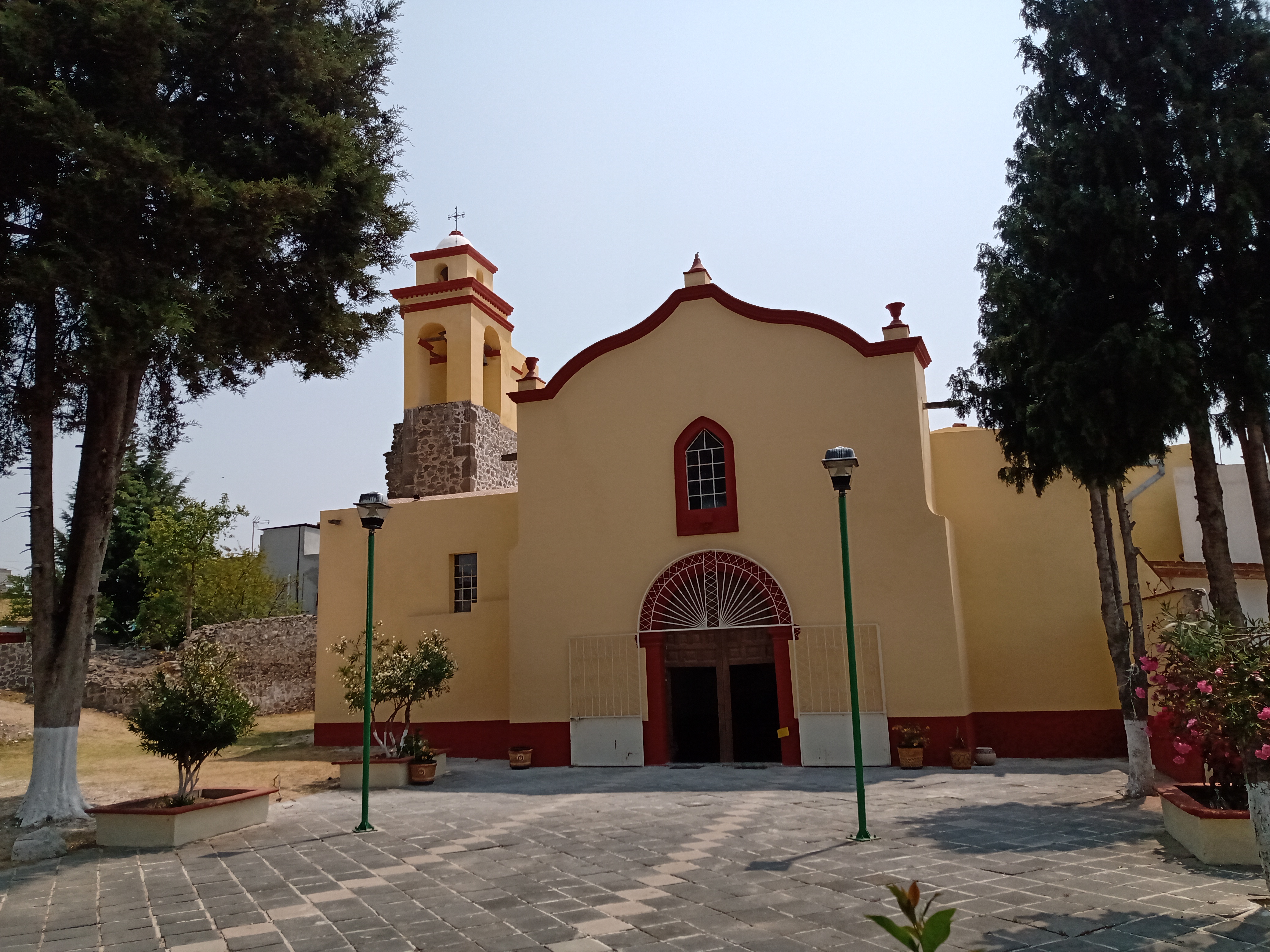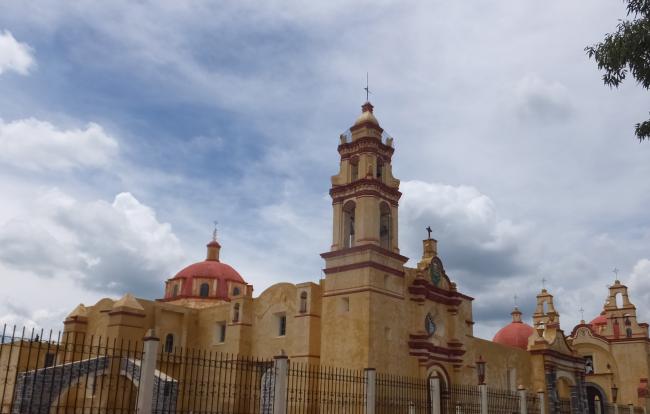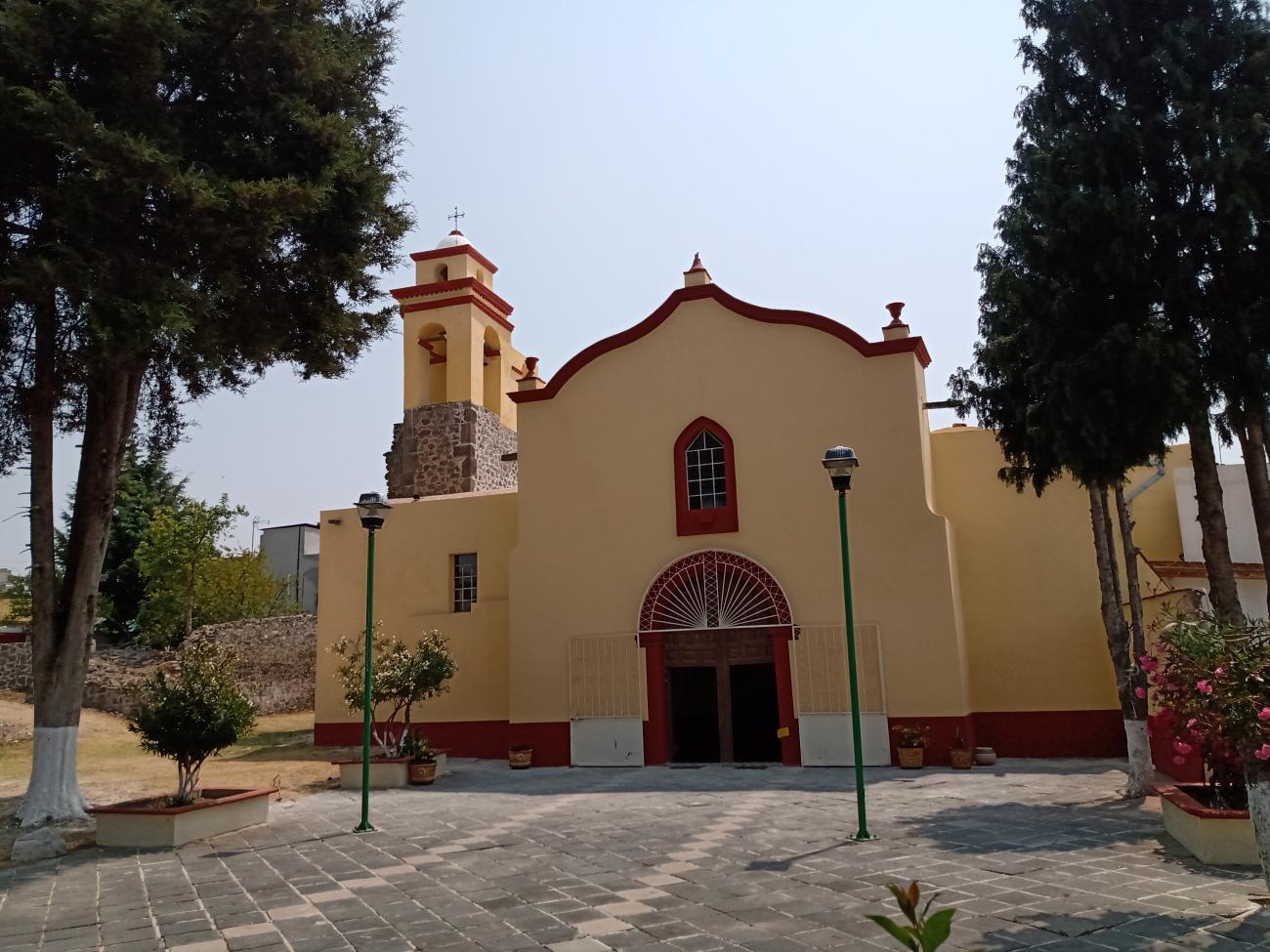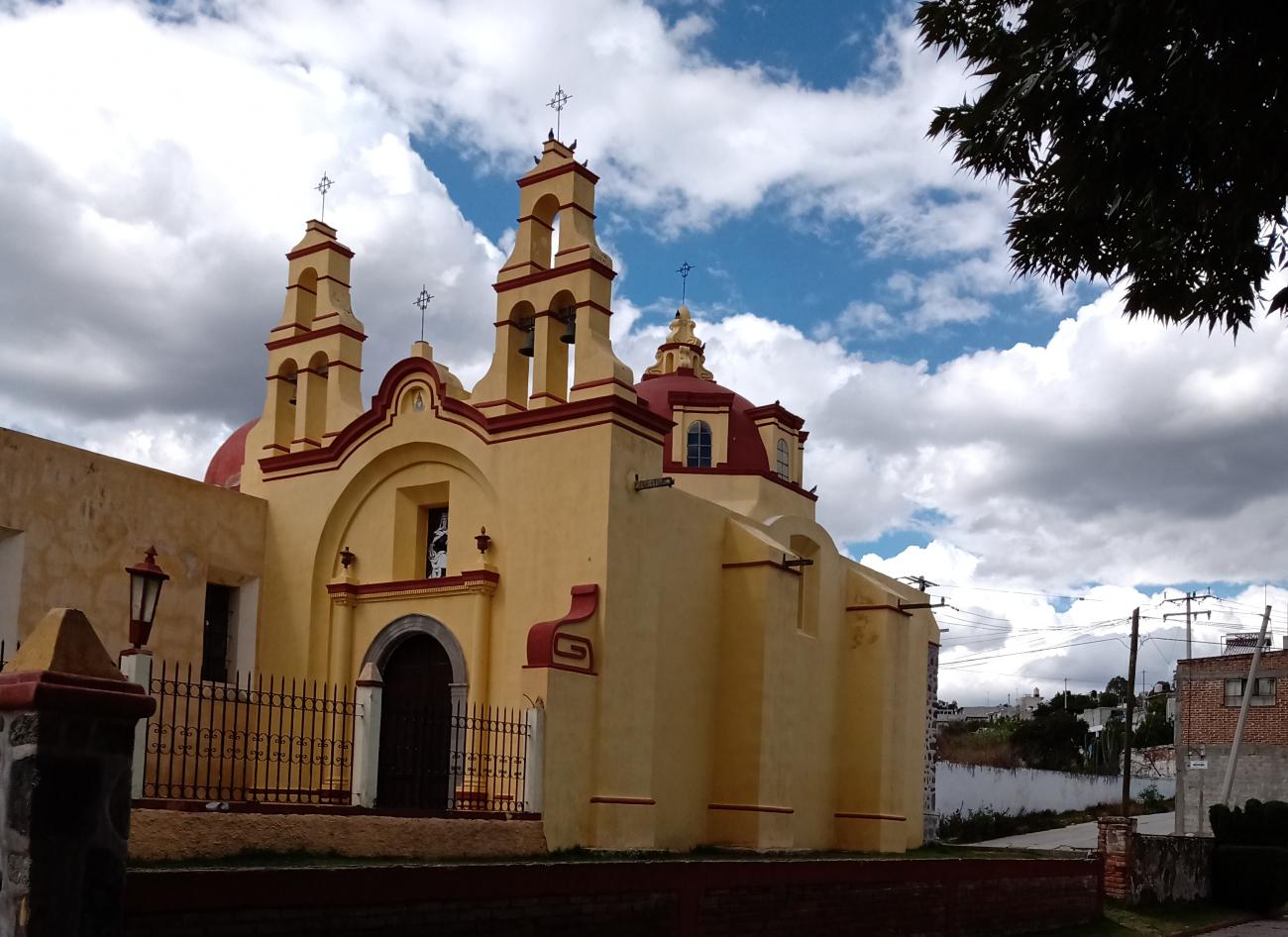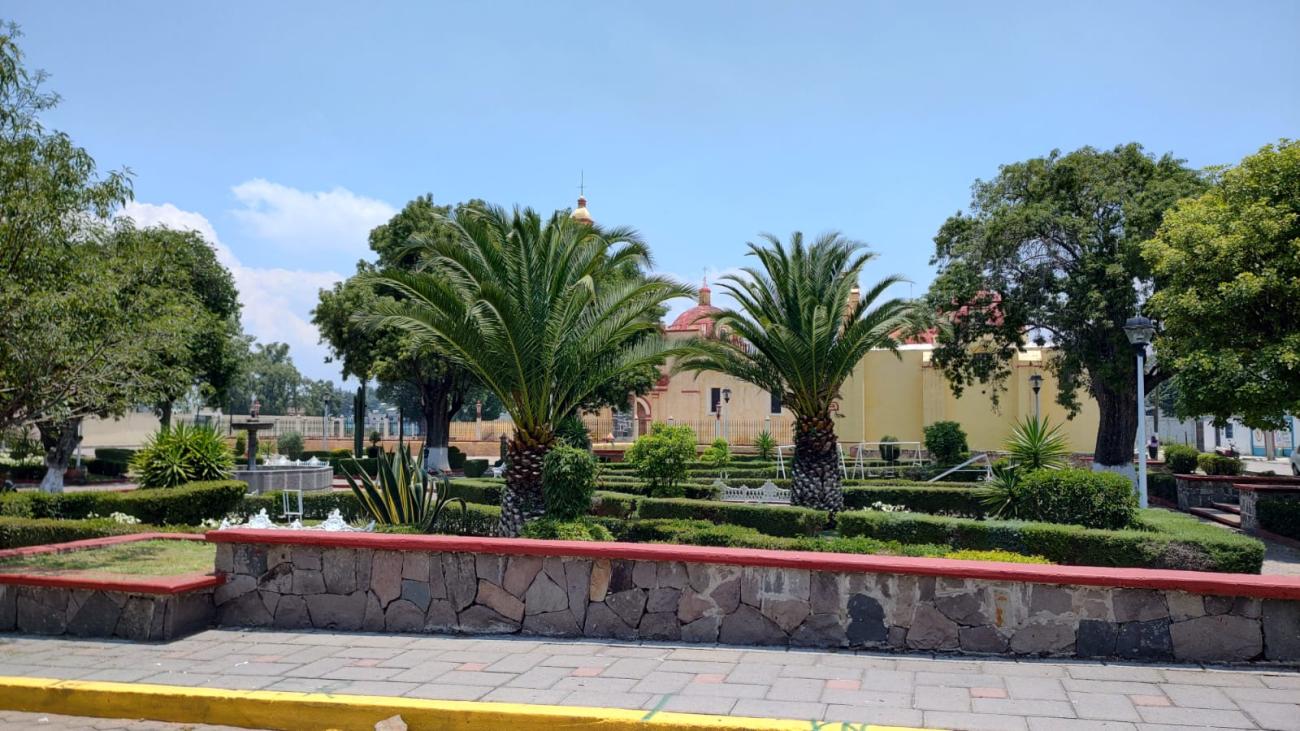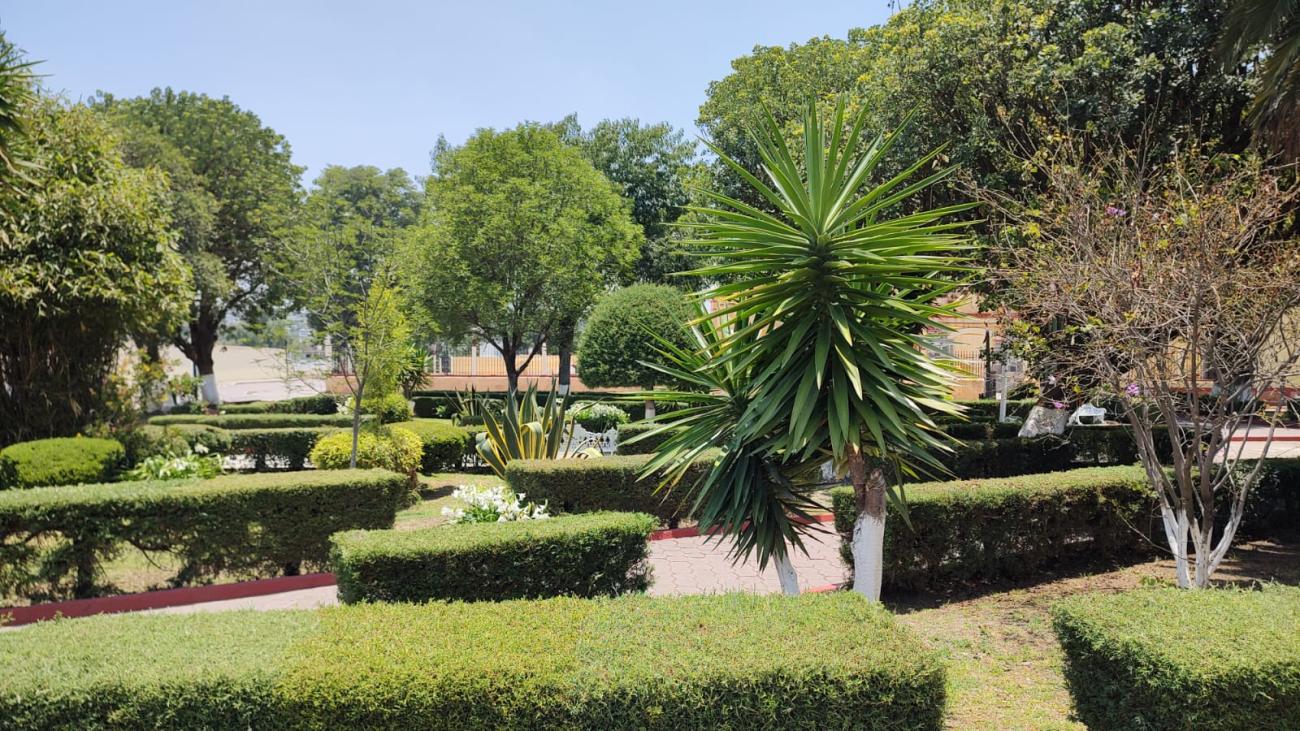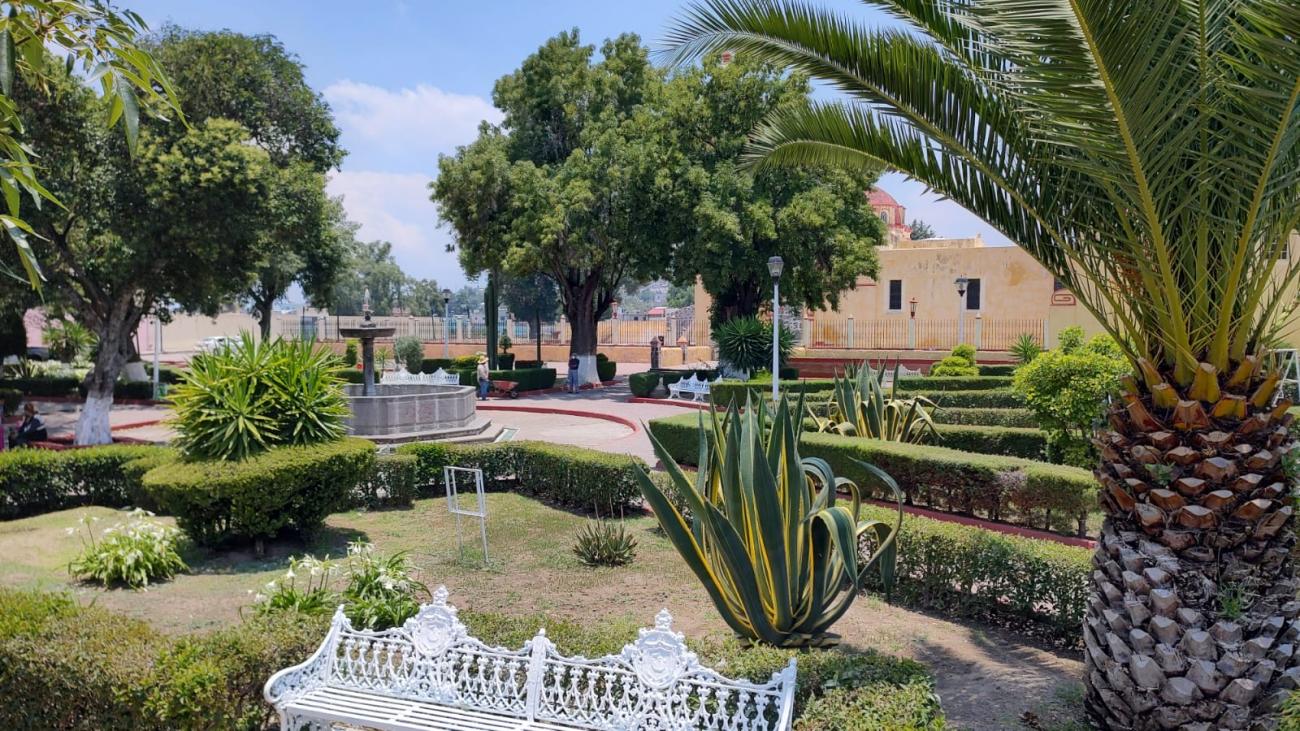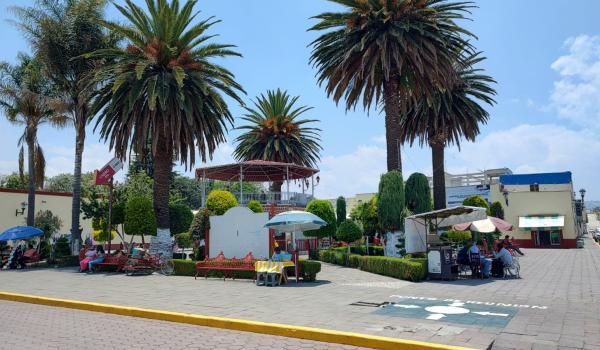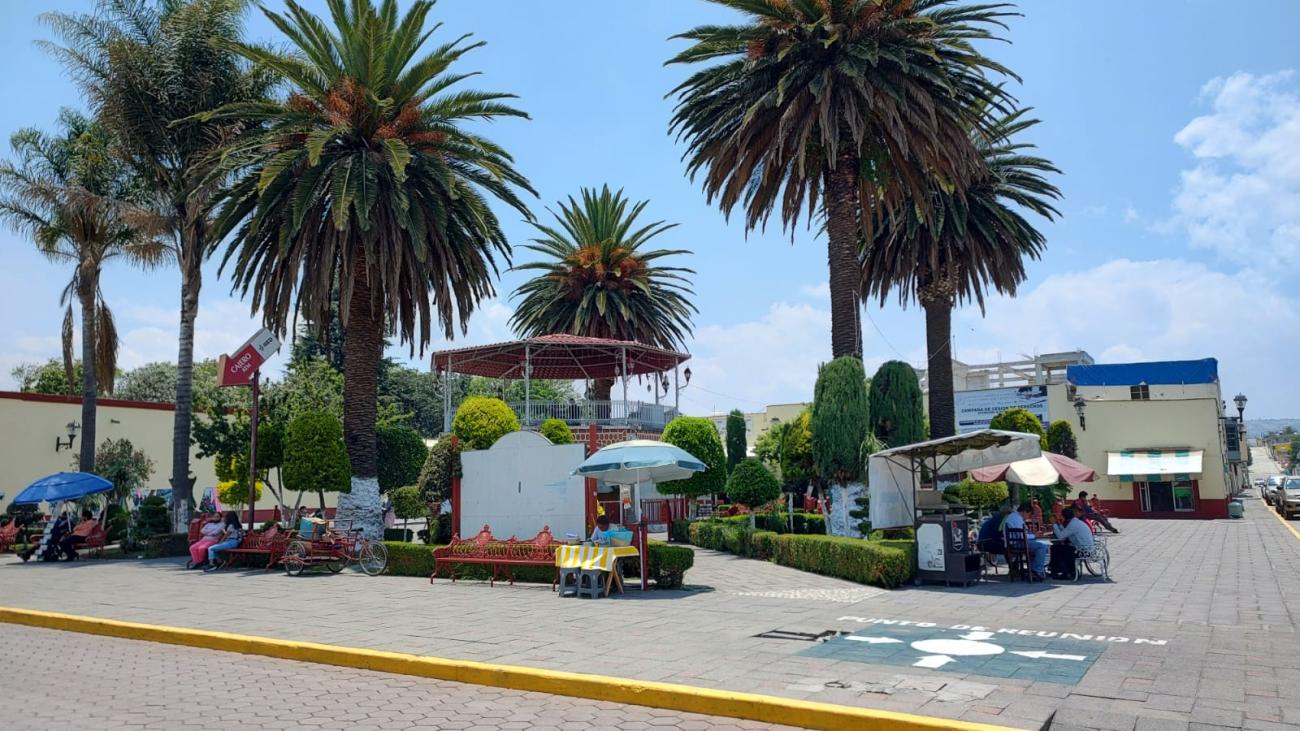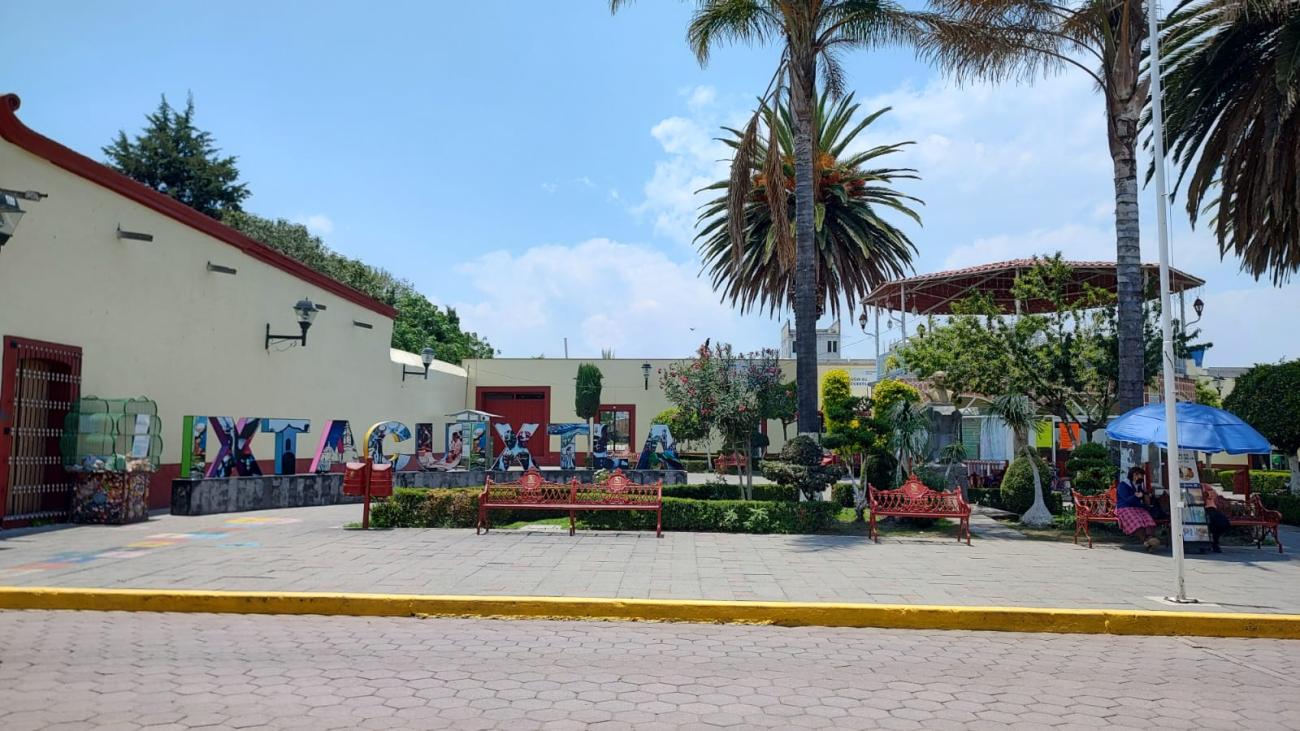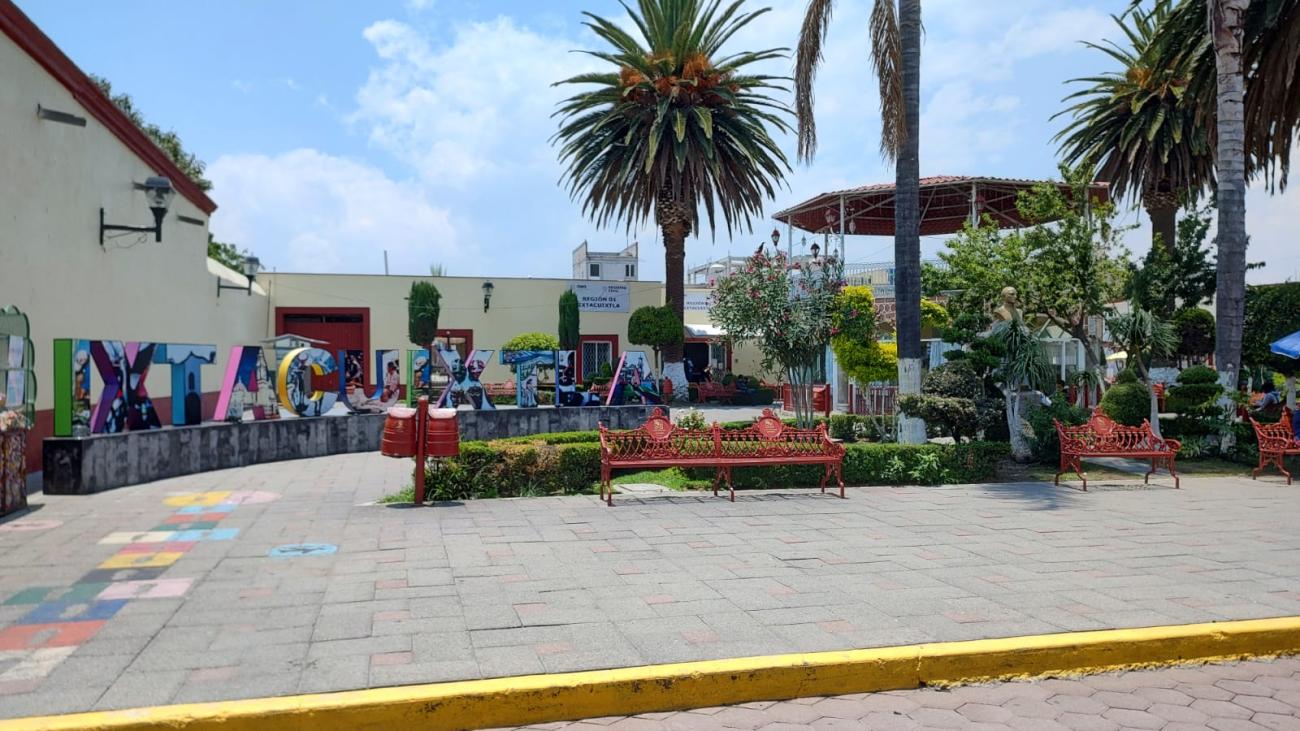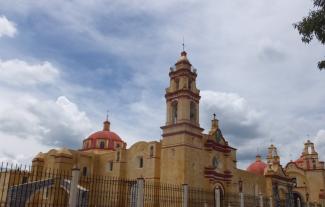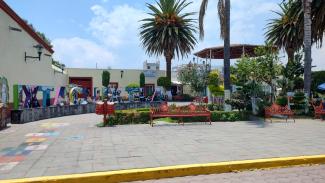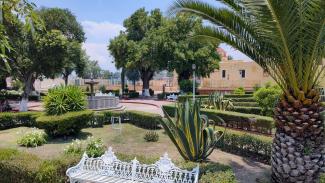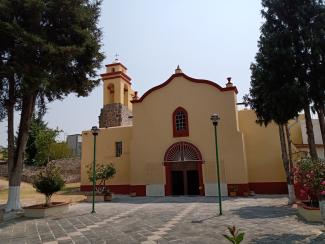San Felipe Ixtacuixtla
Historical Monuments Zone
Abstract
A strategic, religious and administrative center in the west of Tlaxcala state during the colonial period, San Felipe Ixtlacuixtla was also the residence of the insurgent Mariano Matamoros in the 19th century. It is known for its ancient and beautiful monastery and for the colorful, tile-clad staircase that leads to the Templo del Calvario.
Its name finds its origin in the Nahuatl iztacuixtlan, meaning “in the salt flats” or “where salt is taken”. During the pre-Hispanic period it formed part of the lordship of Quiahuixtlán and its strategic location, bordering on Huejotzingo and Calpulalpan, granted it great significance. In the 16th century a Royal Road connected the town with the city of Tlaxcala.
During the Colonial period several of the principal monuments were built, such as the Monastery of San Felipe, constructed between 1554 and 1585, one of the most important in the region, giving service not only to the people of Ixtacuixtla but to the surrounding settlements. Due to its great age and beauty it is today considered an architectural jewel; inside, there are exceptional altarpieces and to the rear an attractive garden that in spring and summer is home to hundreds of butterflies. Another significant building is the parish church dedicated to San Felipe Apóstol, built in the 16th and 17th centuries.
In the 19th century Ixtacuixtla was home to a number of figures who led groups of fighters during the war for Independence, including Vicente Gómez and Antonio Guerrero. The parents of the insurgent Mariano Matamoros were also natives of the town, meaning he spent part of his childhood here; the family home of Matamoros senior is today the seat of the municipal government.
During the Porfiriato period the country was modernized by the development of industry and the construction of the Interoceanic Railroad, which passed through several important points in the state of Tlaxcala, including Ixtacuixtla. In 1910, on the eve of the Revolution and following presidential elections, protests broke out in Ixtacuixtla at the electoral fraud, led by members of the anti-reelection party.
One of the principal traditions here is the festivity to honor San Felipe Apóstol, held on May 1 each year. The Carnival is also an important tradition that is held over three days in the month of February, with attendees enjoying parades, music and dance.
Meanwhile, an unmissable aspect of its culture is the manufacture of crafts such as alebrijes, paper flowers, baskets, piñatas, allegorical floats and Christ figures. The local cuisine is noted for escamoles en mixiote (maguey leaves stuffed with ant eggs), maguey worms, goat barbacoa in mixiote, and pork rind in green mole.
The Zone of Historical Monuments covers an area of 0.32 km2 and comprises 33 city blocks with buildings of historical and architectural value. Some of these were intended for religious purposes, such as the former monastery and church of San Felipe, the parish church of San Felipe Apóstol, the chapels of Nuestra Señora del Carmen and Nuestra Señora de Guadalupe; and the Church of El Calvario, which is noted for its brightly colored, tile-clad façade. Other significant buildings are the municipal government and the library. There are two plazas within the zone, the Cívica and Morelos.
San Felipe Ixtlacuixtla was declared a Zone of Historical Monuments on 1 April 1986.
Templo del Calvario
An 18th-century religious building, its façade is covered with tiles of various colors, and the entrance has an arched doorway. It has two bell towers with two sections.
Templo del Calvario
An 18th-century religious building, its façade is covered with tiles of various colors, and the entrance has an arched doorway. It has two bell towers with two sections.
Templo de San Felipe Apóstol
This 18th-century temple forms part of a complex that also includes the Capilla del Carmen and the Capilla de Guadalupe chapels.
Templo de San Felipe Apóstol
This 18th-century temple forms part of a complex that also includes the Capilla del Carmen and the Capilla de Guadalupe chapels. Its façade features a neoclassical doorway with attached pilasters framing the semicircular arch of the main door, above which there is a cornice that tops the doorway.
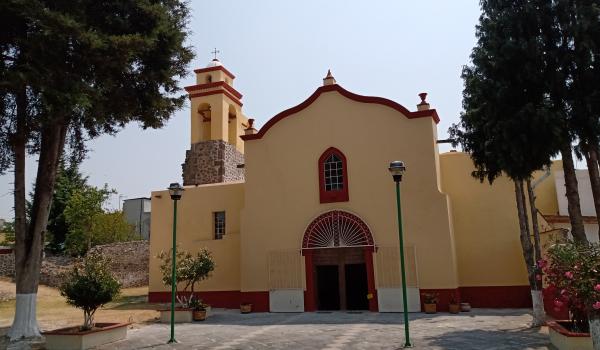
Templo de San Felipe Ixtacuixtla
A 16th-century building with a semicircular arch entrance and a mixtilinear profile topped with pinnacles at each end and one in the center. On the north side, there is a rectangular bell tower consisting of two sections.
Templo de San Felipe Ixtacuixtla
A 16th-century building with a semicircular arch entrance and a mixtilinear profile topped with pinnacles at each end and one in the center. On the north side, there is a rectangular bell tower consisting of two sections.
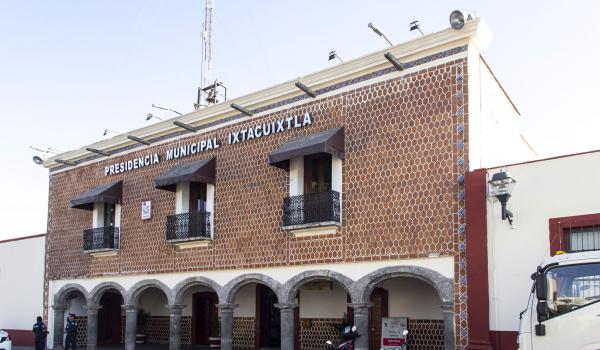
Presidencia Municipal
This building was once the home of Mariano Matamoros' family, then it became a military barracks and a school. Inside, the mural “Pre-Hispanic Identity” by artist Arnulfo Sánchez is preserved, depicting scenes from the founding of Ixtacuitla.
Presidencia Municipal
This building was once the home of Mariano Matamoros' family, then it became a military barracks and a school. Inside, the mural “Pre-Hispanic Identity” by artist Arnulfo Sánchez is preserved, depicting scenes from the founding of Ixtacuitla.

Capilla de la Virgen del Carmen
A 19th-century religious building, it is an annex to the Temple of San Felipe Apóstol. It consists of a nave whose façade is framed by a semicircular arch. The façade is topped by two bell gables.
n>
Capilla de la Virgen del Carmen
A 19th-century religious building, it is an annex to the Temple of San Felipe Apóstol. It consists of a nave whose façade is framed by a semicircular arch. The façade is topped by two bell gables.

